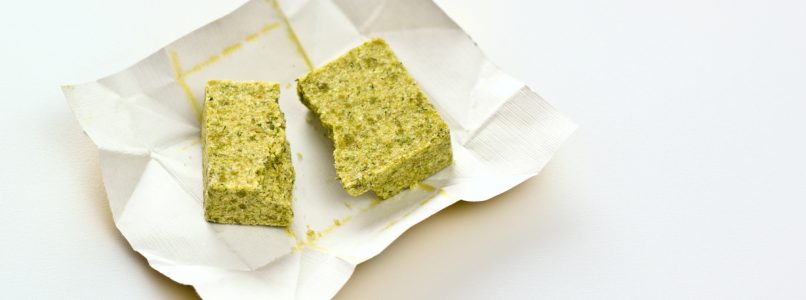laurel, Laurus in Latin, is an evergreen plant native to the Mediterranean, often used as an ornamental hedge but perfect to use in the kitchen, for its strong taste. The laurel leaves can be picked in any season, they have a leathery appearance and an elongated shape. If you use fresh they have a stronger aroma, while if made dry they become less intense.
Laurel, a "divine" plant
The origins of this plant are so ancient that Ovid speaks of it in his own Metamorphosis. Bernini himself was able to interpret with grace and sensuality the myth of Daphne (laurel in Greek) and Apollo, in a statue displayed at Villa Borghese in Rome. In the myth, Apollo, god of poetry and music, falls in love with the nymph Daphne, without being reciprocated. Pursued by the god, the nymph escapes and shortly before being reached by Apollo she asks for help to Mother Earth, which immediately turns it into a laurel plant. Bernini manages to stop the moment when Daphne, surrounded by the hand of Apollo, arches and begins her metamorphosis into a tree: her legs become roots and her hair turns into branches. From that moment, the laurel became a sacred plant to Apollo, and with it poets were celebrated.
The properties of the laurel
Used since ancient times for its innumerable therapeutic properties, laurel has become one of the most widely used aromatic herbs in kitchens throughout the Mediterranean. Its leaves contain a geraniol rich essential oil, terpineol and eucalyptol, useful elements to alleviate stomach disorders and to reduce cough and phlegm discomfort. Laurel is also an excellent anti-inflammatory against arthritis and rheumatism. In the kitchen it is used fresh, dried or powdered.
The laurel on the plate
The strong taste of the laurel is perfect to accompany various dishes, from soups, to meat (especially game), to fish. It is often used to prepare i court bouillon, to flavor beans or lentils. Also suitable for enhancing the taste of fish, it is often used with shrimp and shellfish in general. It is then indicated with boiled chestnuts, artichokes in oil and with baked potatoes.
Laurel vinegar
To perfume your salads or to give an extra touch to creams and sauces, you can prepare a vinegar flavored with laurel. It is very easy to do, it only takes a little time for the aromatic herb to release all the essential oils that characterize it. First, take a liter of white wine vinegar, let it heat up for a few minutes in a saucepan, without boiling, and then infuse 15 fresh laurel leaves, washed and dried. Close the bottle with a stopper, leave it in the sun for three weeks and then strain the vinegar into another bottle, close it tightly and store it in a cool, dry place.
The laurel infusion to promote digestion
An all-natural remedy to aid digestion? Put five or six bay leaves in infusion in the boiling water and let them steep for about ten minutes. Then drink, you will see that the effect will be assured. If you prefer something more alcoholic, prepare a rosolio with bay leaves. Mix 800 g of sugar with 1 and a half liters of water, clean 50 bay leaves and dry them. Put them in a bowl that can be closed with 1 liter of pure alcohol. Leave to infuse for two weeks, then, after this time, filter the liquid and add it to the cold sugar syrup. Mix and let stand for two months. At this point, filter the liqueur again and then bottle it.
And now in the tutorial some tips to use laurel!

